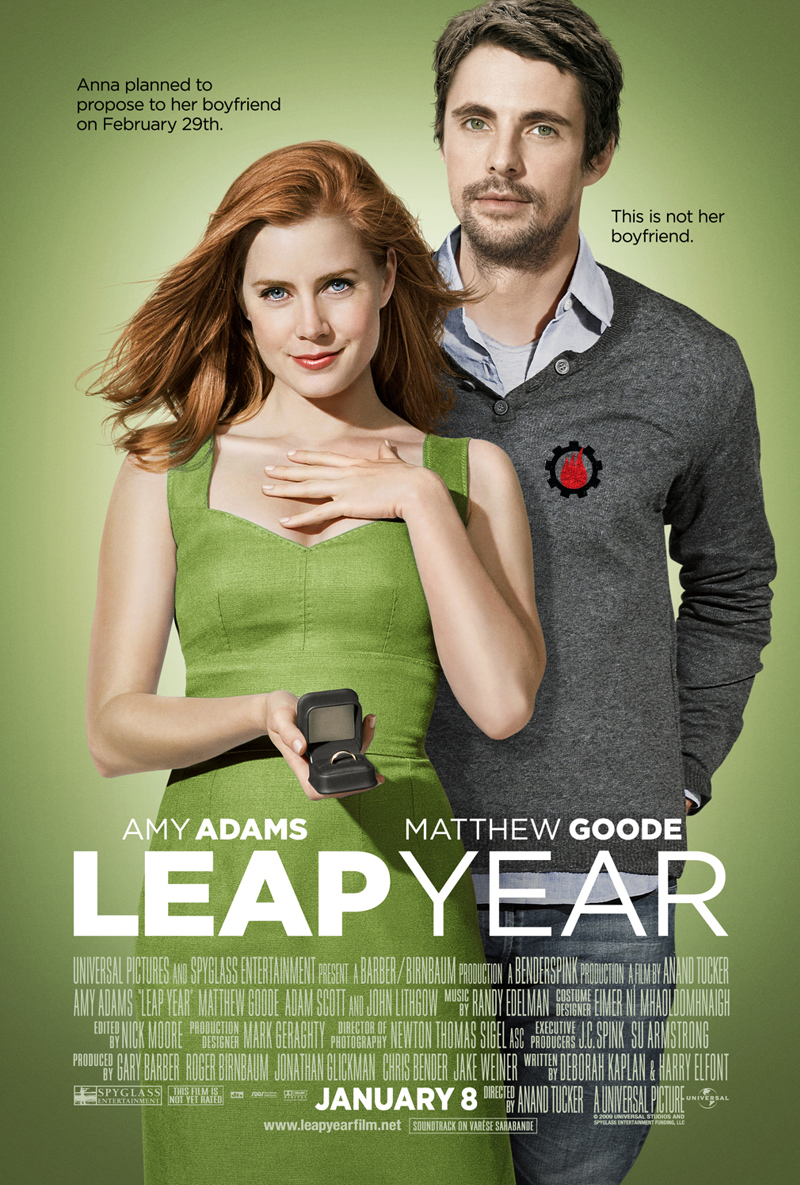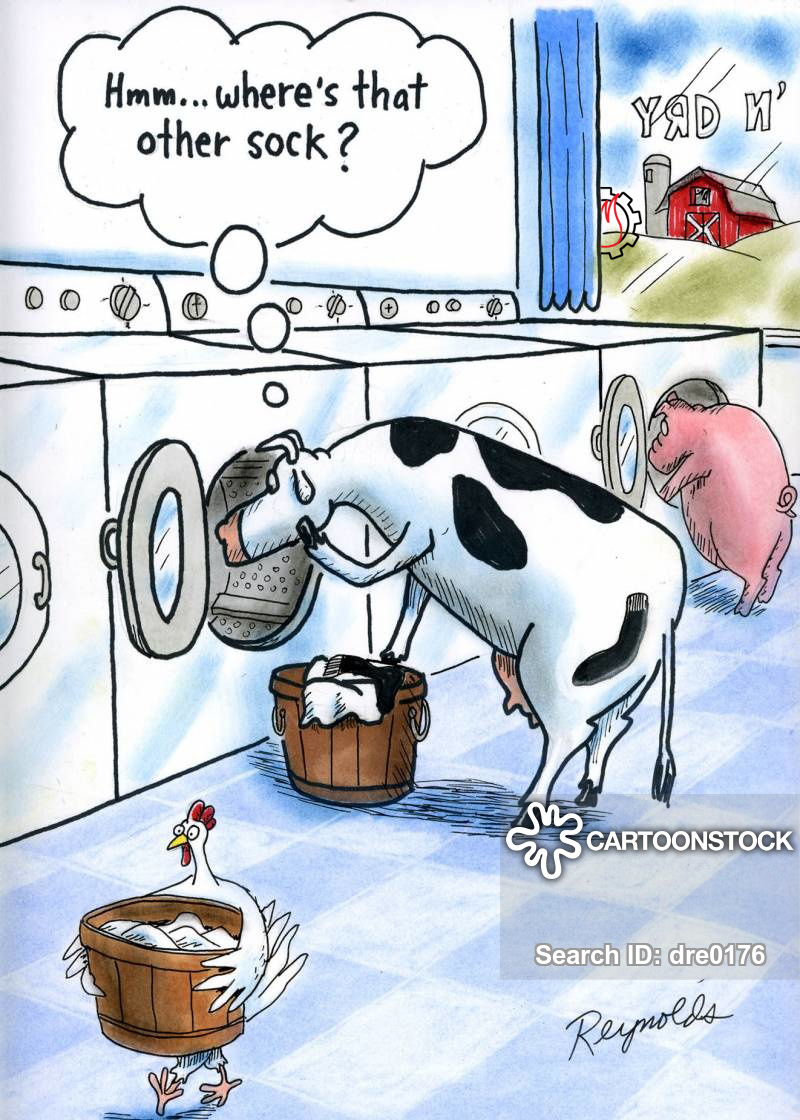1 in 1,461th

Guess what! This is a leap year and tomorrow is “Leap Day 2020”!! It’s an extra day that comes every four years. (more about that below) So what are you going to do with your extra day? Well, you could sleep in. Or you could… play a game of chess, attack that impossible jigsaw puzzle, play a cross word puzzle, take up knitting, take up painting, photography, dancing, guitar or pottery making. You could go fishing, go for a long drive, go sky diving or binge watch that Netflix series you’ve been wanting to see. Or, like I said, you could sleep-in. Happy leap day!!!
Tomorrow marks a special day every four years – “Leap Day”. A leap year is any year with 366 days instead of the usual 365 days. Therefore, leap day in 2020 falls on Saturday, February 29th.
So… why the extra day? It was the ancient Egyptians who first figured out that the solar year and the calendar year didn’t always match up. That’s because it actually takes the Earth a little longer than a year to travel around the Sun — 365 days, 5 hours, 48 minutes, and 46 seconds, to be exact. Therefore, as hours accumulated over the centuries, an extra day was occasionally added to the calendar, and over time the practice became more or less official. Now my baby sister, who is a leap year baby, loves this anomaly as she gets two birthdays 3 out of every 4 years! Here is some great trivia on the origins, and some fun trivia on the day itself – enjoy, and special thanks to MIT, Google, Hackaday, Readers Digest and moneytalksnews.com.
This connection between the stars and the keeping of time as well as the search for more accurate clocks has continued even until today. In fact, even today, the most accurate clocks in the universe are not built here on earth but are found in pulsars that inhabit regions of space beyond our own solar system.
Familiar objects in the sky that change their positions over time, specifically the sun, moon, planets, and stars have provided mankind with a reference for measuring the passage of time throughout our existence. There were three natural clocks that ancient man could discern when he looked up at the sky. First, the rising and setting of the sun and stars measures the day and night (diurnal motion). Second, the phase cycle of the moon was used for the month. Third, the apparent motion of the sun amongst the unmoving background of the stars gave rise to the concept of the year. Unlike the day, month, and year, we can see that there is no celestial basis for the days of the week. These seven days seem to have been named after the seven bright heavenly bodies that ancient man saw move across the sky.
Ancient civilizations relied upon the apparent motion of these “sky objects” through the heavens to determine seasons, months, and years. The ancient Babylonians had a lunisolar calendar of 12 lunar months of 30 days each, adding extra months when necessary to keep the calendar in line with the seasons of the year. The ancient Egyptians were the first to replace the lunar calendar with a calendar based on the solar year. The earliest Egyptian calendar was based on the moon’s cycles, but later the Egyptians realized that the “Dog Star” in Canis Major, which we call Sirius, rose next to the sun every 365 days, about when the annual inundation of the Nile began. Based on this knowledge, they devised a 365-day calendar that seems to have begun in 4236 B.C., the earliest recorded year in history. They measured the solar year as 365 days, divided into 12 months of 30 days each, with 5 extra days at the end. About 238 BC King Ptolemy III ordered that an extra day be added to every fourth year, similar to the modern leap year.
In Babylonia, again in Iraq, a year of 12 alternating 29-day and 30-day lunar months was observed before 2000 B.C., giving a 354-day year. In contrast, the Mayans of Central America relied not only on the sun and moon, but most importantly to them, the planet Venus, to establish 260-day and 365-day calendars.
This culture flourished from around 2000 B.C. until about 1500 A.D. They left celestial-cycle records indicating their belief that the creation of the world occurred in 3113 B.C. Their calendars later became portions of the great Aztec calendar stones. In ancient Greece, a lunisolar calendar was in use, with a year of 354 days. The Greeks were the first to insert extra months into the calendar on a scientific basis, adding months at specific intervals in a cycle of solar years.
Other civilizations, such as our own, have adopted a 365-day solar calendar with a leap year occurring every fourth year. When Julius Caesar came to power in Rome, he discovered that the alignment of the seasons with the months was all “wrong”. In 46 B.C., he extended the year to include 445 days to correctly align the months and seasons. He then established the Julian calendar on the advice from the Alexandrian astronomer, Sosigenes who determined the length of the year as 365 ¼ days. To account for the extra quarter day each year, an extra day was added every fourth year and thus the leap year was born.
Although the new Julian calendar had a length of 365.2500 days, this differed enough from the actual astronomical year of 365.2422 days that by the time 1,600 years had passed, Pope Gregory XIII had to subtract 11 days from the calendar to align it with astronomical observations. In 1582 on the advice of the astronomer Calvius, Pope Gregory issued a papal bull ordering the day after Thursday, October 4 to be Friday, October 15. Thus, the Gregorian calendar that we employ today was born. To keep the Gregorian calendar from running “fast” like the Julian one did, the Gregorian calendar drops the leap year day from any multiple of 100 years that is not evenly divisible by 400. This change gives the year an average length of 365.2425 days which is so close to the astronomical one that the error is only 3 days in 10,000 years.
The concept of keeping track of the passage of time within a given day seems to have originated 5,000 to 6,000 years ago in the civilizations of the Middle East and North Africa. The oldest clocks that have survived were Egyptian obelisks that divided the day into a first and second half. Later, flat sundials divided the day into partitions similar to hours and then, in an attempt at greater accuracy, curved sundials, called hemicycles were developed about 300 B.C. By 30 B.C., at least 13 different sundial styles were in use in Greece, Asia Minor, and Italy. Actual clocks that used a repetitive process to mark off equal increments of time and employed some means of keeping track of the increments of time and displaying the result have been discovered in tombs from around 1500 B.C.
In 2020, leap year lines happen to perfectly line up the major holidays so that Valentine’s Day lands on date night Friday and Cinco de Mayo lands on traditional “Taco” Tuesday – (did I ever tell you how much I love tacos??). Christmas 2020 and New Year’s Day 2021 are also on a Friday, meaning a leisurely 3-day weekend to kick off both holidays!
Anyone born on a leap day is known as a “leapling”, according to astrologers, you were born under the sign of Pisces on February 29 – very confusing for 1/1,461th of the population. Owing to the unique day on which you arrived into the world, like other leap day babies you are more apt to go your own way and exhibit an independent streak and optimistic spirit. While they have to wait every four years to “officially” observe their birthdays, leap year babies typically choose either February 28 or March 1 to celebrate in years that aren’t leap years.
Leap Day traditions – no man is safe! While leap day helped official timekeepers, it also resulted in social customs turned upside down when February 29 became a “no man’s land” without legal jurisdiction. As the story goes, the tradition of women romantically pursuing men in leap years began in 5th century Ireland, when St. Bridget complained to St. Patrick about the fair sex having to wait for men to propose. Patrick finally relented and set February 29 aside as the day set aside allowing women the right to ask for a man’s hand in marriage.
The tradition continued in Scotland, when Queen Margaret declared in 1288 that on February 29 a woman had the right to pop the question to any man she fancied. Menfolk who refused were faced with a fine in the form of a kiss, a silk dress, or a pair of gloves that were given to the rejected lady fair.
A leap year poem to remember it by (best to read it aloud):
Thirty days hath September,
April, June and November;
All the rest have thirty-one
Save February, she alone
Hath eight days and a score
Til leap year gives her one day more.
If we’re looking at history a bit closer to home in the United States, then we should focus on Massachusetts. The Salem witchcraft trials weren’t a fun time in colonial America. There was a particularly negative connection with Leap Day. The first warrants for arrest went out on February 29th, 1692 for the Salem witchcraft trials.
Rarer still is the possibility that three children in the same family would be born on three consecutive Leap Days, but that’s exactly what happened with the Henriksen family of Norway. Heidi Henriksen was born on 2/29/1960, her brother Olav four years later on 2/29/64, and baby Leif-Martin four years after that on 2/29/68. According to many government agencies, the siblings would not legally be considered a year older until March 1st on non-leap years, but in 2020, we can officially say, “Happy Actual Birthday, leaplings!”
There is, however, one race of people who celebrate February 30th every year: Hobbits. The wee folk of J.R.R. Tolkien’s Lord of the Rings universe observe twelve 30-day months every year—including Solmath (translated in the text to February). (That’s definitely one of the things I missed when reading Lord of the Rings for the first time).
The official Leap Day Cocktail is a colorful cousin of the martini, Invented by pioneering bartender Harry Craddock at London’s Savoy Hotel in 1928. According to the 1930 Savoy Cocktail Book, “It is said to have been responsible for more proposals than any other cocktail ever mixed” Whether or not you’re in the market for a freshly soused spouse, you can make your own Leap Day cocktail with Craddock’s original recipe of lemon juice, gin, grand marnier and sweet vermouth. RECIPE HERE

Anthony, Texas, is known as the Leap Year Capital of the World. The town’s chamber of commerce administers the Worldwide Leap Year Birthday Club and sponsors a multi-day Worldwide Leap Year Festival – which the town claims is the only such festival in the world. Former chamber member Mary Ann Brown, a Leap Day baby, proposed the club and festival in 1988 when she learned that her neighbor was also a Leap Day baby.
“Leap Day” is the name of a band. The Netherlands-based progressive rock group was founded on Feb. 29, 2008. And “Leap Year” is the name of a movie. Released in 2010, the romantic comedy is about a woman who travels to Ireland to propose to her boyfriend on Feb. 29. (we actually own this one!)

::::::::::::::::::::::::::::::::::::::::::::::::::::::::::::::::::::::::::::::::::::::::::
DO YOU LIKE CONTESTS?
Me, too.
As you may know the Kowalski Heat Treating logo finds its way into the visuals of my Friday posts.
I. Love. My. Logo.
One week there could be three logos. The next week there could be 15 logos. And sometimes the logo is very small or just a partial logo showing. But there are always logos in some of the pictures.
So, I challenge you, my beloved readers, to count them and send me a quick email with the total number of logos in the Friday post. On the following Tuesday I’ll pick a winner from the correct answers and send that lucky person some great KHT swag.
So, start counting and good luck! Oh, and the logos at the very top header don’t count. Just in the pictures area. Got it? Good. :-)))) Have fun!!
::::::::::::::::::::::::::::::::::::::::::::::::::::::::::::::::::::::::::::::::::::::::::






